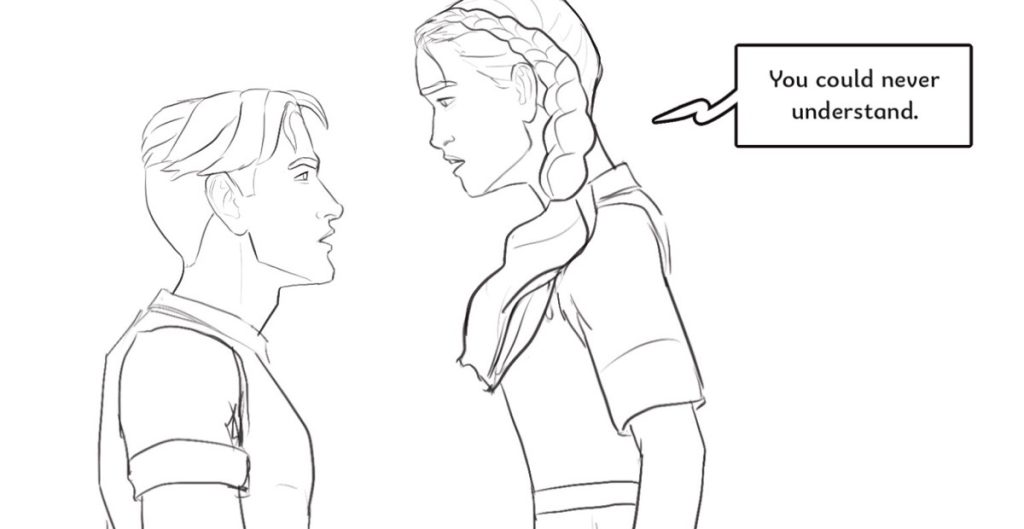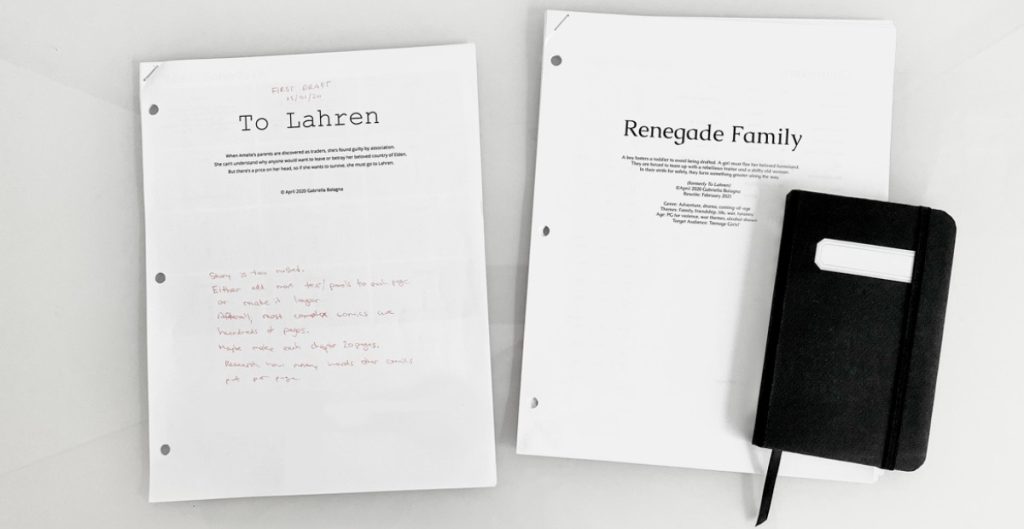How to Write Dialogue that Wows!
Learn how to write dialogue that wows! This article teaches how to improve several different aspects of dialogue that you write. For example, learn how to write dialogue that is engaging, is natural, and has character! As well, learn when to withhold dialogue. By using these tips, you can to take your dialogue from drab, to fab.
Additionally, the tips in this article will work for all kinds of writers. So whether you are writing a story, a book, or a script, get ready to improve your dialogue.
How to Write Dialogue That Is Engaging
First off, let us discuss how to write dialogue that is engaging. You do not want to write dialogue that bores your audience. Rather, you want your audience on the edge of their seats. To do so, there are a couple of things you should and should not do when it comes to writing engaging dialogue. Read more about these tips below.
What Makes for Dialogue that Is Not Engaging
For instance, you should avoid explanation bombs, otherwise known as info. dumps. Likewise, avoid having your characters give basic “yes” or “no” answers. As well, avoid conversations that are irrelevant or drag the plot way off-course. Furthermore, do not worry about writing over-realistic dialogue. In real life, people often stutter a lot, but that can cause dialogue to lose its punch and wittiness. So no need to go overboard with the rambles, tangents, and “umms.”
Example of dialogue that is not engaging: “No. And by the way, do not forget to take the grocery list with you to the store. Otherwise, you will forget some of the ingredients like you did last weekend, and we will not be able to follow the recipe.”
What Makes for Dialogue that Is Engaging
Now, for some things you should do when writing dialogue. For example, be sure to incorporate some subtext and leave some room for interpretation. Likewise, try making use of metaphors. Give your audience the pleasure of reading between the lines. As well, when writing dialogue, try including some witty remarks or sarcasm. That’s right, be crafty with your dialogue. Moreover, you can incorporate foreshadowing to make your story more interesting down the line.
Example of dialogue that is engaging: “Don’t you dare buy more chips, Hun. And don’t forget anything on my list, or you’re cooking tonight.”

How to Write Dialogue that Sounds Natural
Another tip for how to write dialogue that wows, is to make sure it sounds natural. Dialogue that is natural sounds more believable, relatable, and it flows better. So to achieve natural dialogue, there are a few things you can do. These include avoiding formality, avoiding common unnatural dialogue, and reading your dialogue aloud. Continue reading below to find out more about these tips.
Avoid Formality
To write natural dialogue, you should generally avoid formalities. Sometimes, it is okay to write formal dialogue. For instance, when writing well-mannered, historical, or rigid characters. However, most modern people do not not speak with formalities. So when writing conversational speech, you generally want to avoid writing dialogue that sounds too stuffy.
For instance, no need to approach writing dialogue as if it is a speech, or essay. So, avoid transitional words, like “firstly,” “conclusively,” and “nonetheless.” As well, to avoid formality, make sure to embrace the use of contractions. For instance, go ahead and use words like “don’t,” “aren’t,” and “you’re.”
Avoid This Common Unnatural Dialogue
Another tip for writing natural dialogue is to learn some common mistakes to avoid. Firstly, it is rare for people to ever address their family members as “brother,” “cousin,” or “wife.” So when writing dialogue, try to find more creative ways to indicate familial relationships. Secondly, it also sounds unnatural when dialogue starts sounding like narration. So try to stay out of that territory when writing dialogue. Thirdly, it can sound unnatural when people speak their mind plainly. For instance, it does not sound natural to have a character say, “I am mad.” Rather, it is much more natural and interesting to have them say, “I can’t believe you would do that!”
Read it Out Loud
One more trick for writing natural dialogue, is simply to read it out loud. Our ears are pretty intuitive at sensing when something does not sound natural. As well, reading dialogue out loud can help us hear where it is not flowing well. So do not be afraid to revise and reread your dialogue as many times as necessary. Furthermore, reading dialogue aloud is very helpful because if a story sounds good out loud, it will read better as well.

How to Write Dialogue with Character
Another tip for writing dialogue that wows is to give it character. By this, I mean you should make sure that each character has a distinct style of speaking. After all, it would be boring to read dialogue where everyone sounds the same. So to write dialogue with character, incorporate personality, catchphrases, and/or dialects. Continue reading below to find out how to do so.
Incorporate Personality
One way to give your dialogue more character is to incorporate personality. To do so, take into consideration how each of your characters handle their emotions differently. For instance, think about whether a character is good or evil, chill or tense, introverted or extroverted, upbeat or negative. Then, try to write dialogue that matches that personality. Additionally, make sure your characters differ from each other. After all, no two people speak exactly the same.
Add Catchphrases
Another way to give your dialogue more character is to add catchphrases. People have limited vocabularies. Some vocabularies are big, some small, some grand, some plain. As well, people often repeat themselves, and use the same words. For example, maybe a character always refers to their wife as “Sweet Pea.” Or maybe they always say, “oh snap,” when something bad happens. Whatever the case, catchphrases are such a fun thing for your audience to catch on to. So try using some catchphrases in your writing; it can help make it more interesting.
Use Dialects
My next tip for writing dialogue with personality, is to incorporate dialects. Dialects are a particular version of a language used in a particular region. For example, people all speak a slightly different version of English, depending on what country or state they are from. Also, dialects can change over time, so depending on their age, characters can speak differently. Try incorporating different slang, accents, and jargon into your dialogue. These tips will surely give your dialogue a lot more character.

How to Write an Absence of Dialogue
A final tip when it comes to writing good dialogue, is actually knowing when to withhold it. Sometimes, silence is more telling than words. Additionally, sometimes your story needs a breather of no one talking. Likewise, sometimes your story needs a silent transition.
For instance, Studio Ghibli films are known for their good use of silence. They use something called, “Ma,” a concept of space or negative space. Some of the best moments in Studio Ghibli films are silent. So, do not be afraid to write an absence of dialogue sometimes.

Summary
Now you have learned several different tips to write better dialogue – dialogue that is engaging, natural, and full of character. As well, you have learned about when to withhold dialogue. So now it is time to put these tips to use. What will you write next? Share about it in the comments below!
Also, be sure to check out some related articles on my blog, like how to write a comic script. As well, subscribe for more content like this!


Discussion ¬